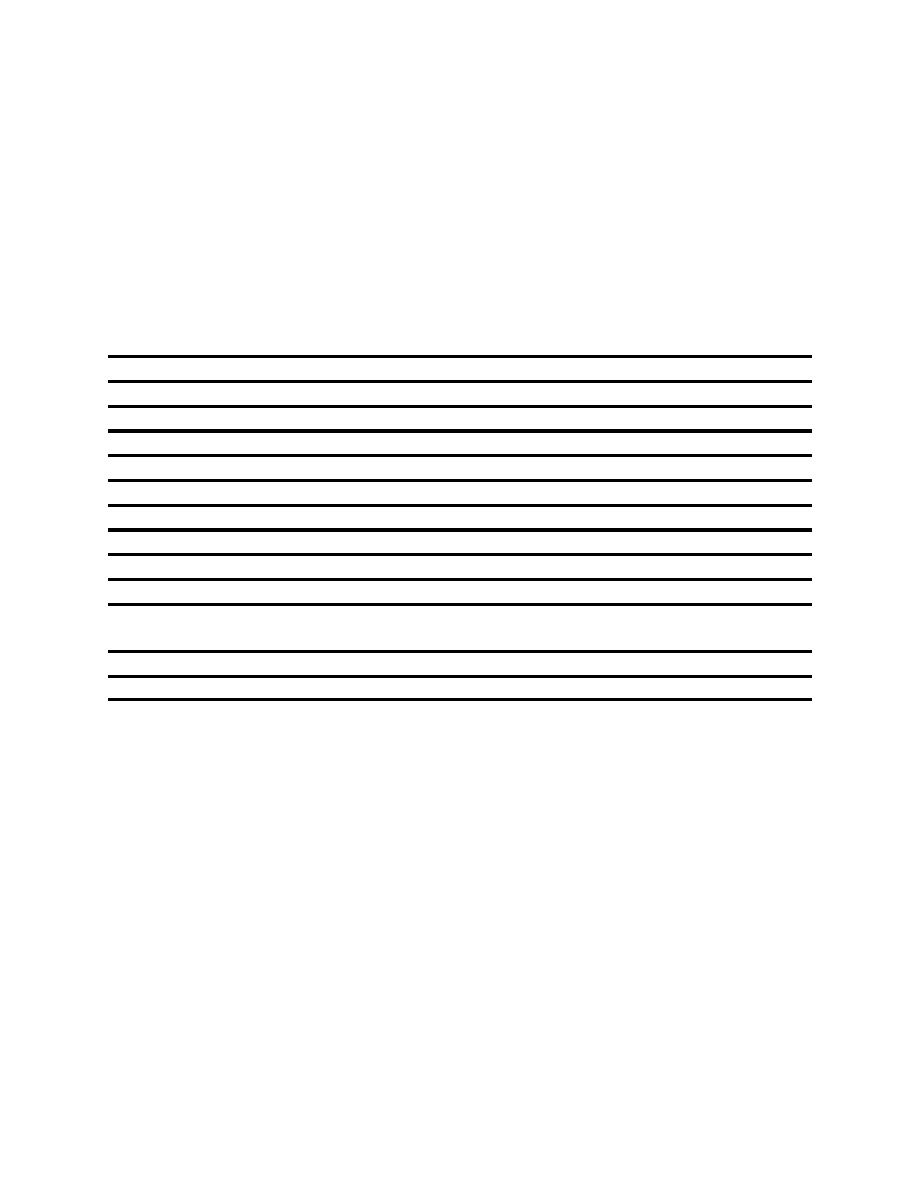
Fundamentals of Engineering Design
5.3.3 MAXIMUM PERMISSIBLE VELOCITIES
The concept of maximum permissible velocity and the following tractive force design are closely
linked. Both are based on the premise that excessive boundary shear stress in the channel will lead to
erosion and stability problems. Two of the early references for permissible velocities are Etcheverry (1915)
and Fortier and Scobey (1926). In 1915, Etcheverry provided the data found in Table 5.7 of maximum
permissible velocities for irrigation canals (Fortier and Scobey, 1926). These velocities are for channels
with no vegetative or structural protection.
Table 5.7 Maximum Mean Velocities Safe Against Erosion (Etcheverry, 1915)
Material
Mean velocity in ft/s
Very light pure sand of quicksand character
0.75 - 1.0
Very light loose sand
1.0 - 1.5
Coarse sand or light sandy soil
1.5 - 2.0
Average sandy soil
2.0 - 2.5
Sandy loam
2.5 - 2.75
Average loam, alluvial soil, volcanic ash soil
2.75 - 3.0
Firm loam, clay loam
3.0 - 3.75
Stiff clay soil, ordinary gravel soil
4.0 - 5.0
Coarse gravel, cobbles, shingles
5.0 - 6.0
Conglomerates, cemented gravel, soft slate, tough hard-pan, soft
sedimentary rock
6.0 - 8.0
Hard rock
10.0 - 15.0
Concrete
15.0 - 20.0
In 1926, Fortier and Scobey presented a channel design method based on maximum permissible
velocities for uniform flow. An earthen channel is considered stable if the mean velocity of the channel is
less than the maximum permissible velocity for the channel. Their work is compiled based on a
questionnaire given to a number of irrigation engineers whose experience qualified them to form
authoritative estimates of the maximum mean velocities allowable in canals of various materials. The results
of the questionnaire are given in Table 5.8. The USDA (1977) compiled data from Fortier and Scobey
(1926), Lane (1953a,b), and the Union Soviet Socialist Republic (USSR, 1936) into a set of design charts.
These charts are accompanied by a design procedure found in Technical Release No. 25, which is
presented in the following figures and paragraphs.
Allowable Velocity Design Procedure (USDA, 1977)
1.
Determine the hydraulics of the system. This includes hydrologic determinations as well
as the stage-discharge relationships for the channel considered.
155



 Previous Page
Previous Page
